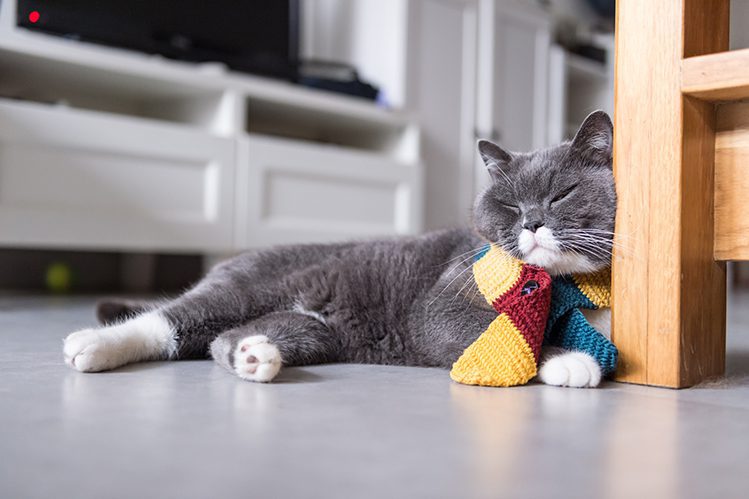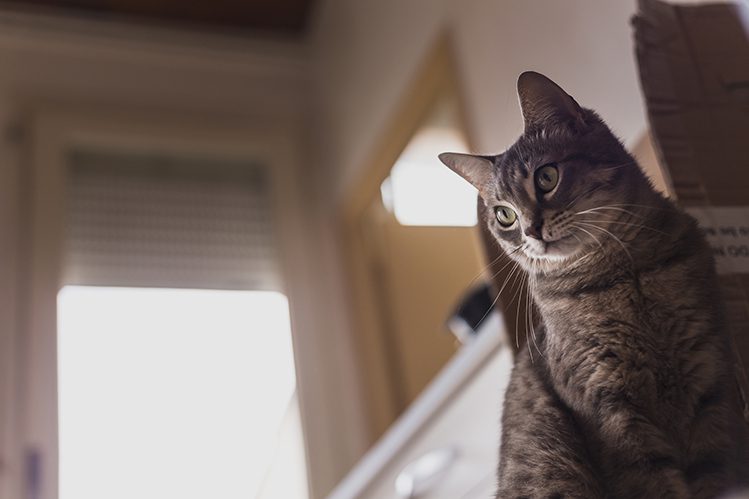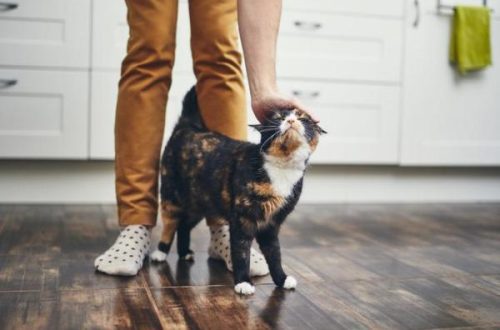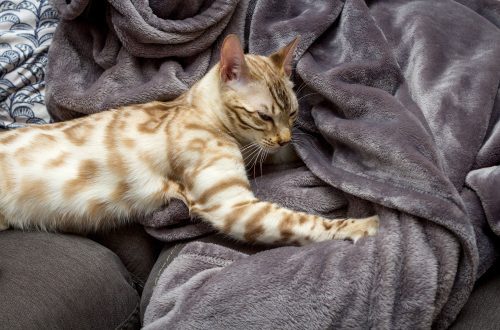
Adaptation of a cat after a shelter
For a cat from a shelter, adapting to a new home and establishing contact with new owners is always a test. And what period of adaptation can be called acceptable, and what is too long? What could be the reason for the slow adaptation of a cat in a new home? How to help a pet feel that a new home is a home where no one will offend him? Today we will answer these questions.
Contents
Moving and first days in a new home
Have you been successful in your search for your one and only four-legged friend at the shelter? Wonderful. However, before taking a new ward home, it is important to do some preparation.
Organize a personal space for the cat in the house. Let the bed, bowls, a tray with filler, a scratching post, toys, hygiene items and other personal items will already be waiting for him in a cherished place. The surrounding area also needs to be refurbished. Are there secure metal anti-cat bars on the windows? Has everything small, fragile, sharp removed? Are there any indoor plants that can be dangerous for a pet? Are vials of medicine, bottles of household chemicals in a place inaccessible to pets? If yes, go to the next step.
Before moving, a cat from a shelter should be taken to a veterinary clinic for tests to rule out infections. Otherwise, the new four-legged friend may be dangerous for the pets in your home.
The cat must be transported exclusively in a special carrier. Even if you are only 5 minutes from home.
Be prepared for the fact that the cat or cat will show character already in the first hours after leaving the shelter. Be patient, think about how exciting this is for your new friend. No matter how happy you are about the arrival of a pet in the house, leave it for the first few hours alone with your thoughts in a corner prepared for it. Just place the carrier with the door open on the floor. The pet will come out on its own when it’s ready.
After about six hours, the pet can be gently introduced to the household, only without coercion and attempts to “cuddle the cat.”
You should not immediately expect affectionate purring and other manifestations of love from him.
You can unobtrusively try to play with the mustachioed-striped. And do not insist if she does not want to contact. It is important to show that you are open to communication with her and wait, then she will open up to you.
On the first day, it is better not to wash your pet unless absolutely necessary. Try to keep stress and discomfort as low as possible.

Let’s help your pet settle down
Feed your pet for the first 10 days the same as they were fed at the shelter. Then, if necessary, you can gradually begin the transition to a new diet.
The first few days after the housewarming party, you better stay at home so that the mustachioed-striped one gets used to you. If in the case of a kitten it is better to constantly control the situation, then the adaptation of an adult cat in a new house is not so exciting for the owners. It can be left to itself for a very long time.
Let the ward have at his disposal his favorite toys, houses, beds and a scratching post of his favorite shape. This will make it easier to adapt.
If you have another pet
If you already have a dog or cat, it is extremely important to properly organize their acquaintance with the newly arrived cat or cat. Create a reason for two pets to be nice to each other, otherwise the territorial instinct will take over.
On the first day, it is better not to introduce the animals directly. You can bring them blankets from each other’s beds so that they get used to the new smell. If you see that the smell of a relative is perceived without negative emotions, reinforce this behavior with a treat. Then swap pets with rooms, let them inspect and sniff each other’s possessions. After several such sessions on foreign territory, you can let your pets see you through the door slot or by placing one of them in a carrier. The third step is to feed them so that they can see each other from a distance. If after a few weeks they can coexist peacefully and eat from nearby bowls, it’s a success.
If you have a dog in your house, you must definitely consider the vertical territory, the tier of shelves and coasters. The cat should always have the opportunity to retreat if the dog suddenly wants to sort things out.

Slow adaptation
It usually takes two weeks to one month for a cat to adapt to a new home. In this case, much depends on the well-being and level of socialization of your ward. Slow adaptation is one of the possible problems when it comes to a cat from a shelter. Often, such pets need more time to get used to the changes. A cat with a traumatic life experience that has lived without contact with people or in an unfavorable environment may take several years to build a trusting relationship with the owner.
If a month has passed, and the cat is still sitting under the bed or under the bath, does not want to play, is reluctant to eat, you need to show your pet to the veterinarian. It is possible that the pet is sick – what kind of socialization is there.
A veterinary examination can show that your cat is physically healthy. So, it’s a matter of psychological trauma, negative experience of the past. Seek help from a zoopsychologist. At this stage, detailed information about the past and previous living conditions of your pet will be very useful to you.
How to start taking steps towards each other with your pet? Communicate with the ward sitting or lying down. Standing and towering over your four-legged friend can scare him. While sitting or lying down, invite your cat to play with a feather teaser toy. Even if the cat does not know how to play, sooner or later curiosity and hunting instinct will take their toll – and the cat is included in the game.
Feed your pet from your hands, predicting the moment when he is definitely hungry and will not refuse food. For starters, you can toss pieces of dry food with your hand. Let the cat see that something positive is connected with your appearance. After the game, as well as after any positive step of the cat in communication with you, reinforce this desired behavior with a treat, praise your four-legged friend. During adaptation, you do not need to force the cat to do something through force, except in situations where emergency medical care is needed. At this stage, the most important thing is that the cat gets used to you.
Remember that your new pet is a living creature with its own destiny, character and experiences. Try to show understanding, empathy and patience. This will help to find the key to the poor man’s heart and make him truly happy.





